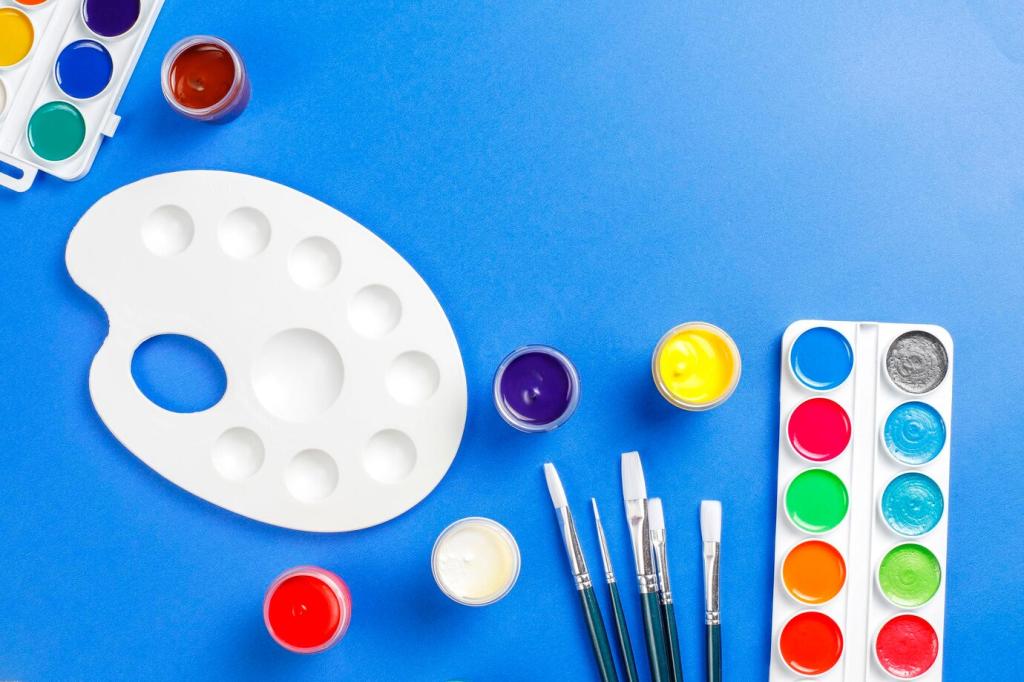
Inside the Psychology of Color in Modern Interiors
Chosen theme: The Psychology of Color in Modern Interiors. Explore how hues shape mood, behavior, and wellbeing at home—plus practical ways to design spaces that feel calm, focused, joyful, and uniquely yours. Share your thoughts and subscribe for more color-smart ideas.
Color Psychology 101: How Hues Influence Mind and Mood
Hue suggests emotion, saturation intensifies it, and value lightens or deepens impact. A pale blue can soothe, while a highly saturated cobalt energizes. Adjusting these three levers lets you fine‑tune how a modern room feels without changing the overall palette.
Warm colors like terracotta and coral nudge us toward connection and conversation, ideal for social zones. Cool tones—sage, slate, and misty blue—slow the pulse, supporting recovery and quiet focus. Combining both temperatures keeps modern interiors emotionally balanced.
Greige, taupe, and soft ivory still carry signals: safety, clarity, and openness. Layering subtle undertones—green in gray for freshness, pink in beige for warmth—shapes subconscious comfort. In minimalist schemes, these micro‑shifts can define the room’s entire emotional temperature.
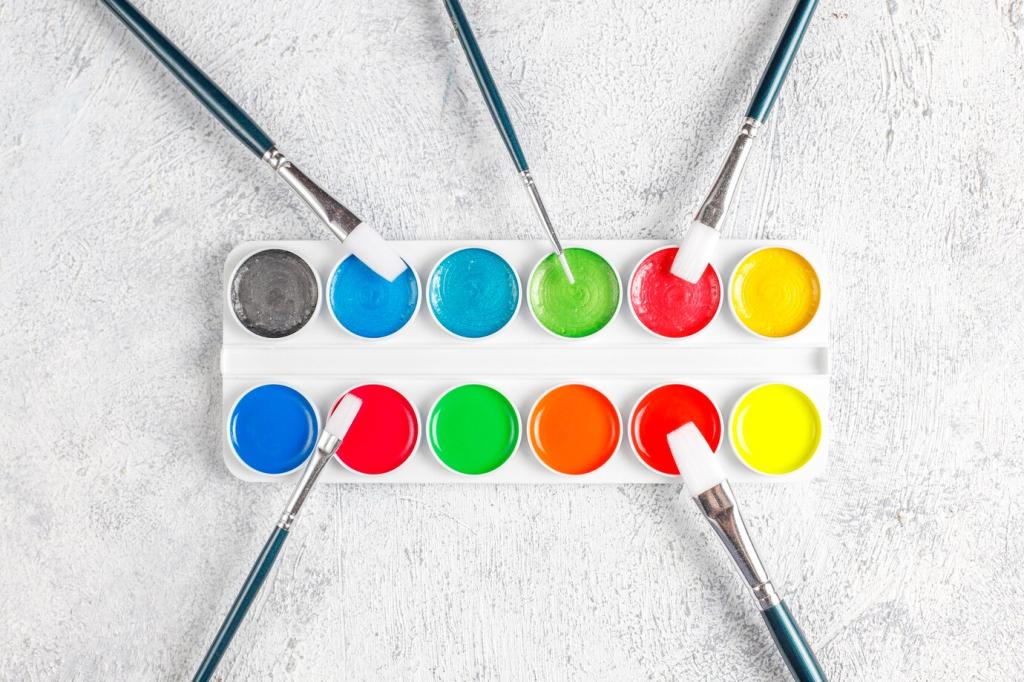
Bedroom Calm That Truly Restores
Muting cool hues like dusky blue or eucalyptus green reduces visual noise and slows mental chatter. Pair with low‑contrast textiles and matte finishes to soften edges. Readers often report deeper sleep when bedside accents avoid high‑saturation reds and blinks of harsh white.
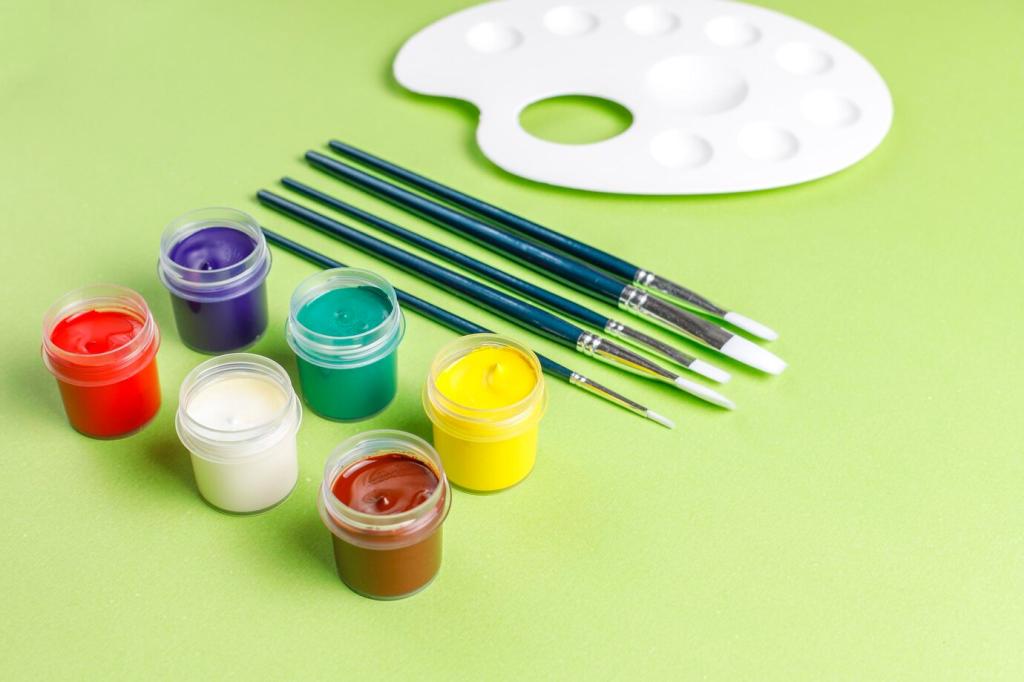
Kitchens That Spark Conversation and Appetite
Soft terracotta, wheat, and olive strike a friendly, grounded tone, while a coral kettle or saffron stool adds appetizing energy. Keep large surfaces lighter to bounce daylight. Ask yourself: does the color invite lingering breakfasts and easy cleanup after lively dinners?

Home Office Focus Without Fatigue
Desaturated blues and greens support sustained attention by lowering cognitive strain. Introduce a single energetic accent—citrine or tangerine—far from the monitor to cue momentum. Subscribers have shared that switching a stark white wall to gray‑green cut afternoon headaches noticeably.
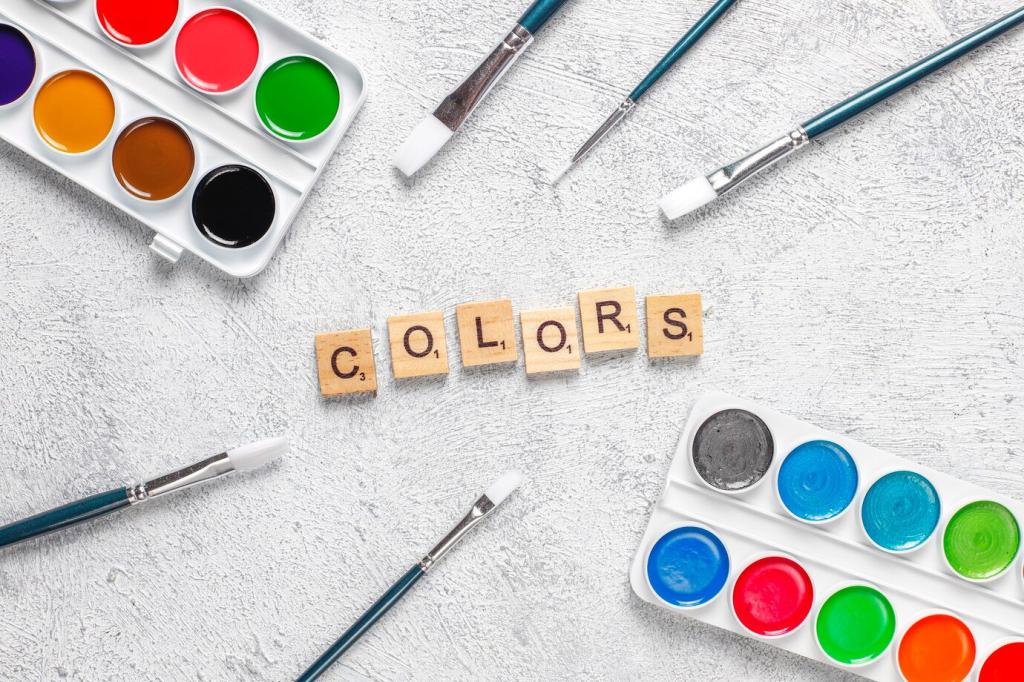
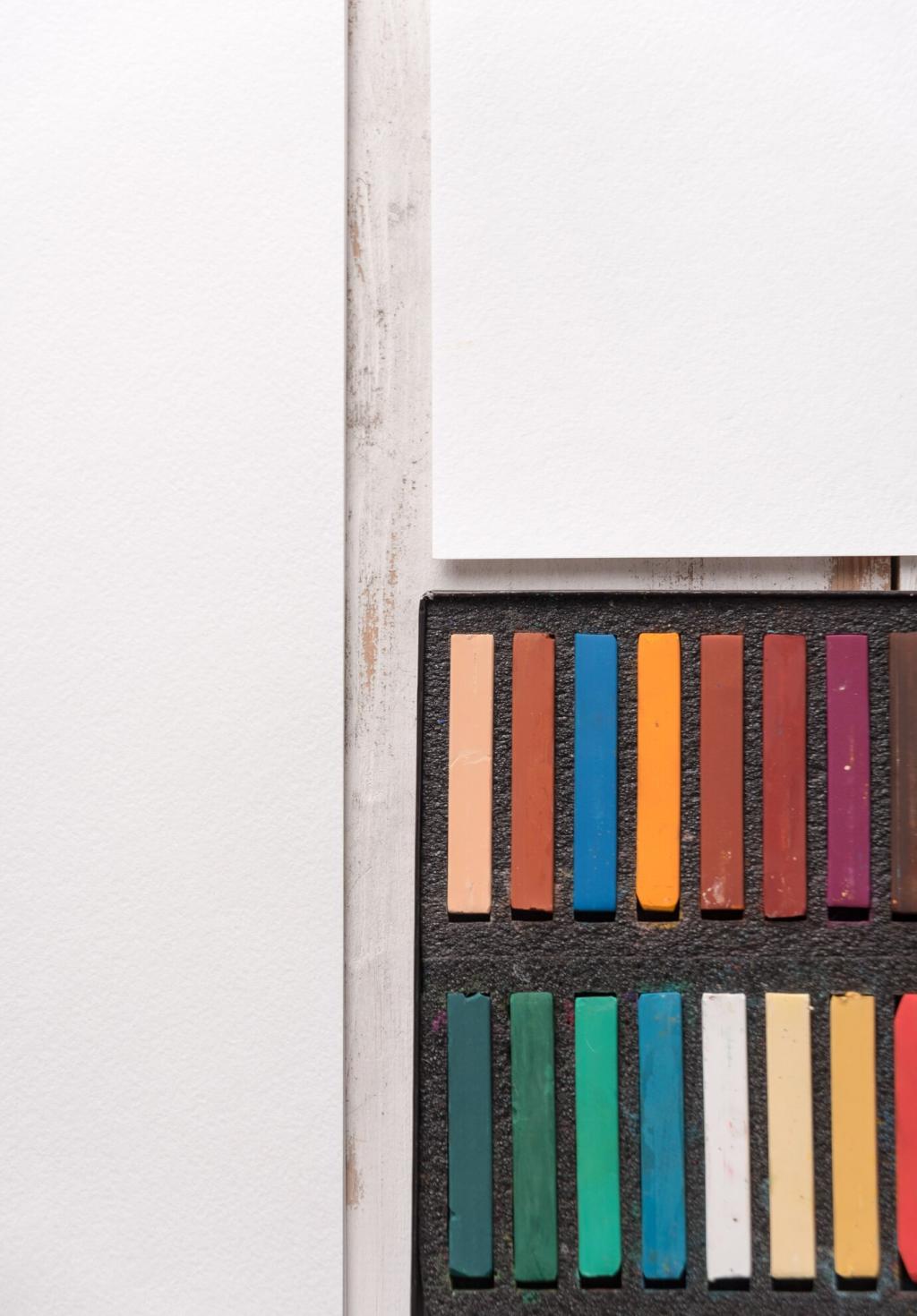
Light, Materials, and Perception
North light cools colors, making blues crisp but beiges ashy; south light warms them, flattering earthy palettes. East light is gentle and fresh in mornings, while west light intensifies reds at sunset. Test colors at multiple hours before committing to a modern scheme.
Light, Materials, and Perception
Matte finishes quiet reflections, calming busy rooms. Satin carries a soft glow, promoting warmth and approachability. Gloss heightens energy and precision, great for compact areas that need brightness. Mixing sheens can subtly guide attention without adding competing colors or patterns.
Culture, Memory, and Personal Meaning
White may symbolize purity in one culture and mourning in another. Red might signal celebration, luck, or urgency depending on context. Designing a modern interior respectfully means asking whose meanings are present—and inviting residents to articulate their own associations openly.

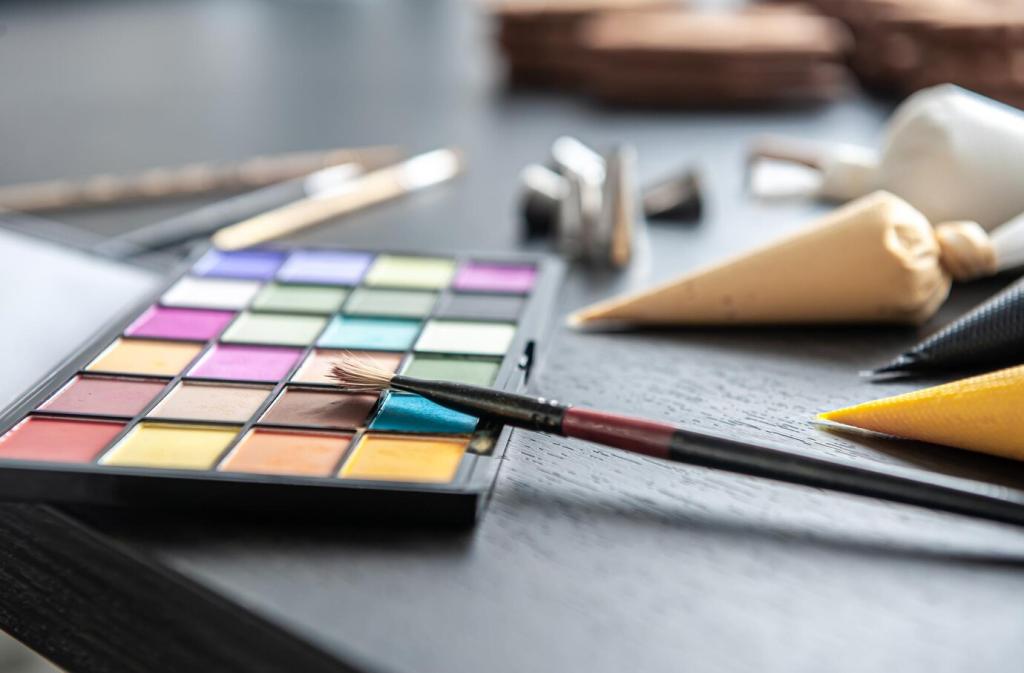

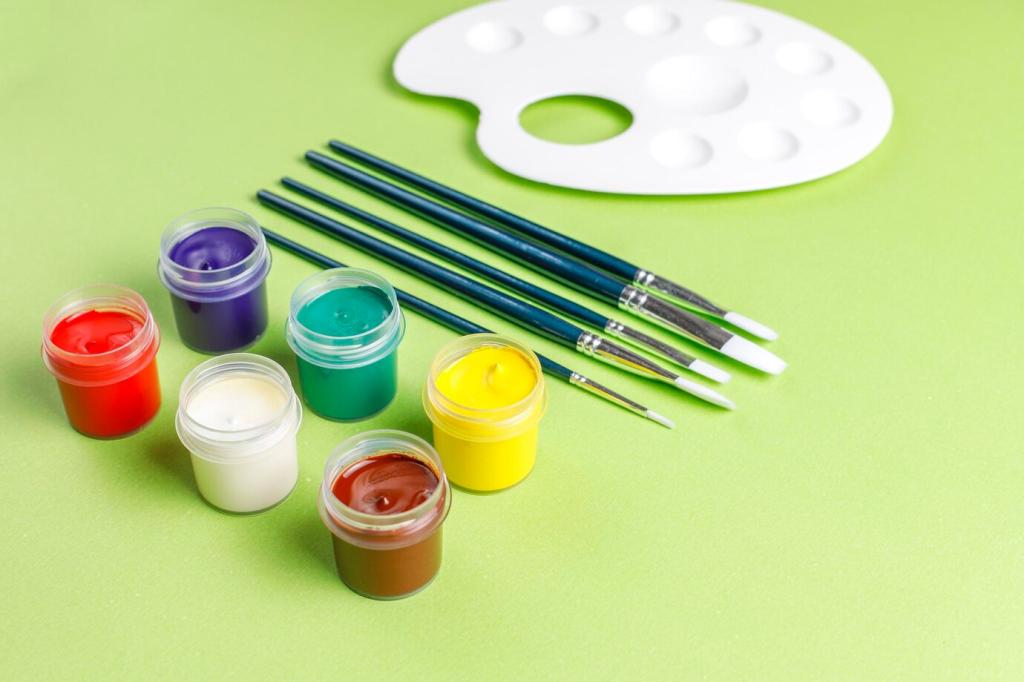
Trends with Psychological Depth (That Age Well)
Biophilic Greens and Earth‑Rooted Browns
Olive, laurel, and umber echo outdoor calm and restore cognitive resources. Pair plants with natural textures to amplify the effect. Readers say even a single mossy wall by a window can reduce screen fatigue and make a compact city living room breathe more easily.
Soft Neutrals with Warm Undertones
Think almond, oat, and mushroom—quiet but embracing. Their pink or yellow undertones add human warmth to minimal spaces. They also flatter skin tones, improving how we feel in mirrors and during video calls. Subtle psychology, big daily dividends for modern interiors.
Joyful Brights, Used Intentionally
Citrus, fuchsia, and ultramarine can lift mood when anchored by calm bases. Limit brights to movable elements—art, cushions, stools—so you can dial energy up or down as seasons and needs change. Tell us which bright you love, and we’ll suggest soothing partners.
